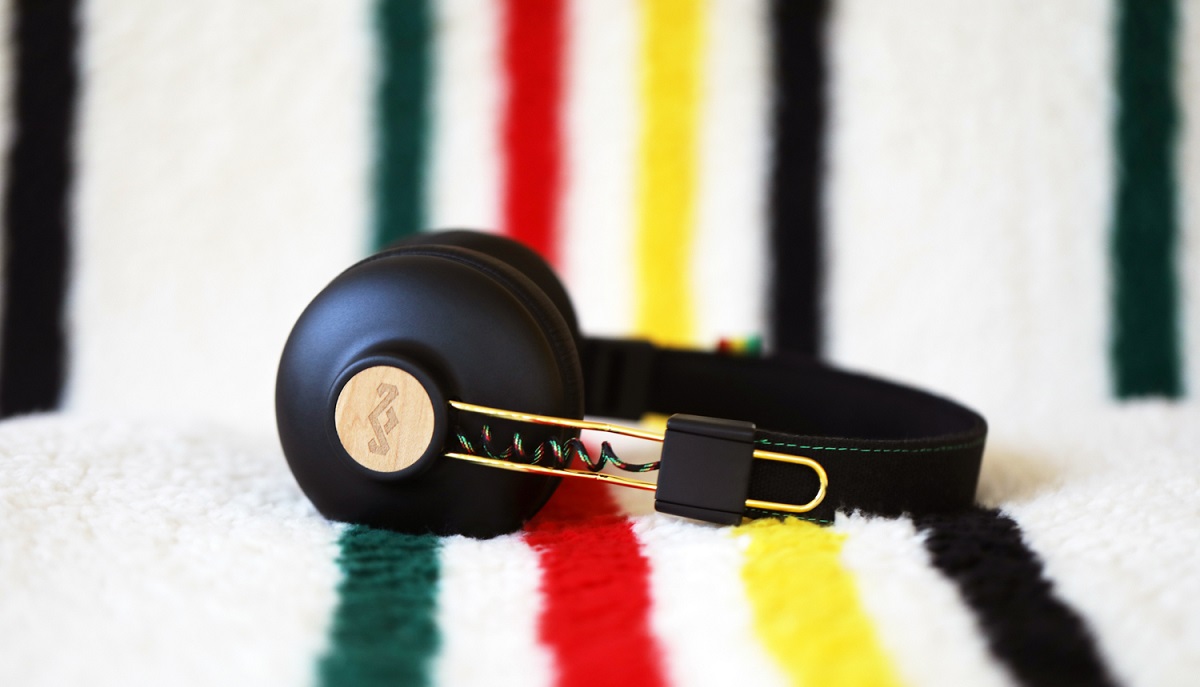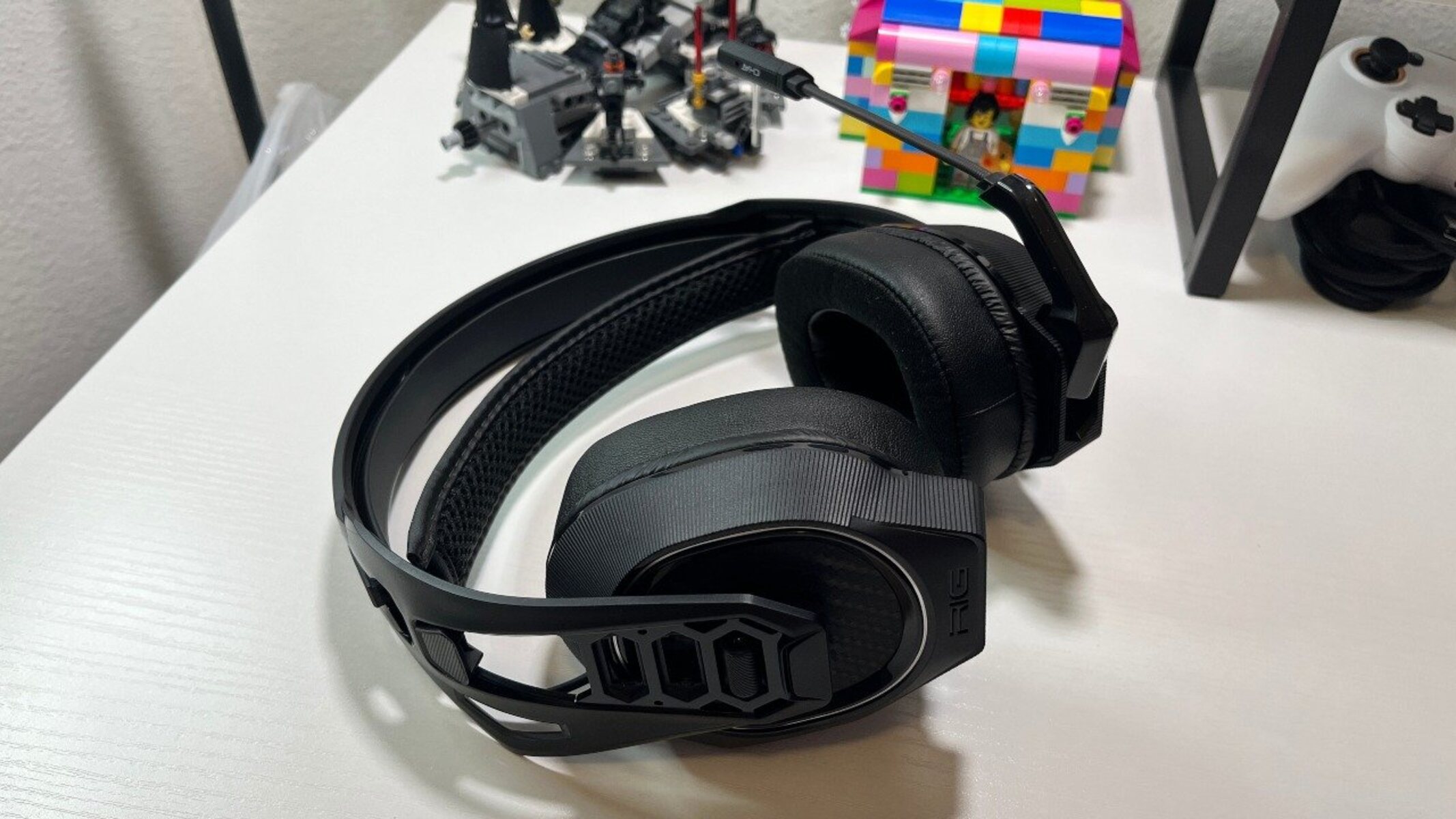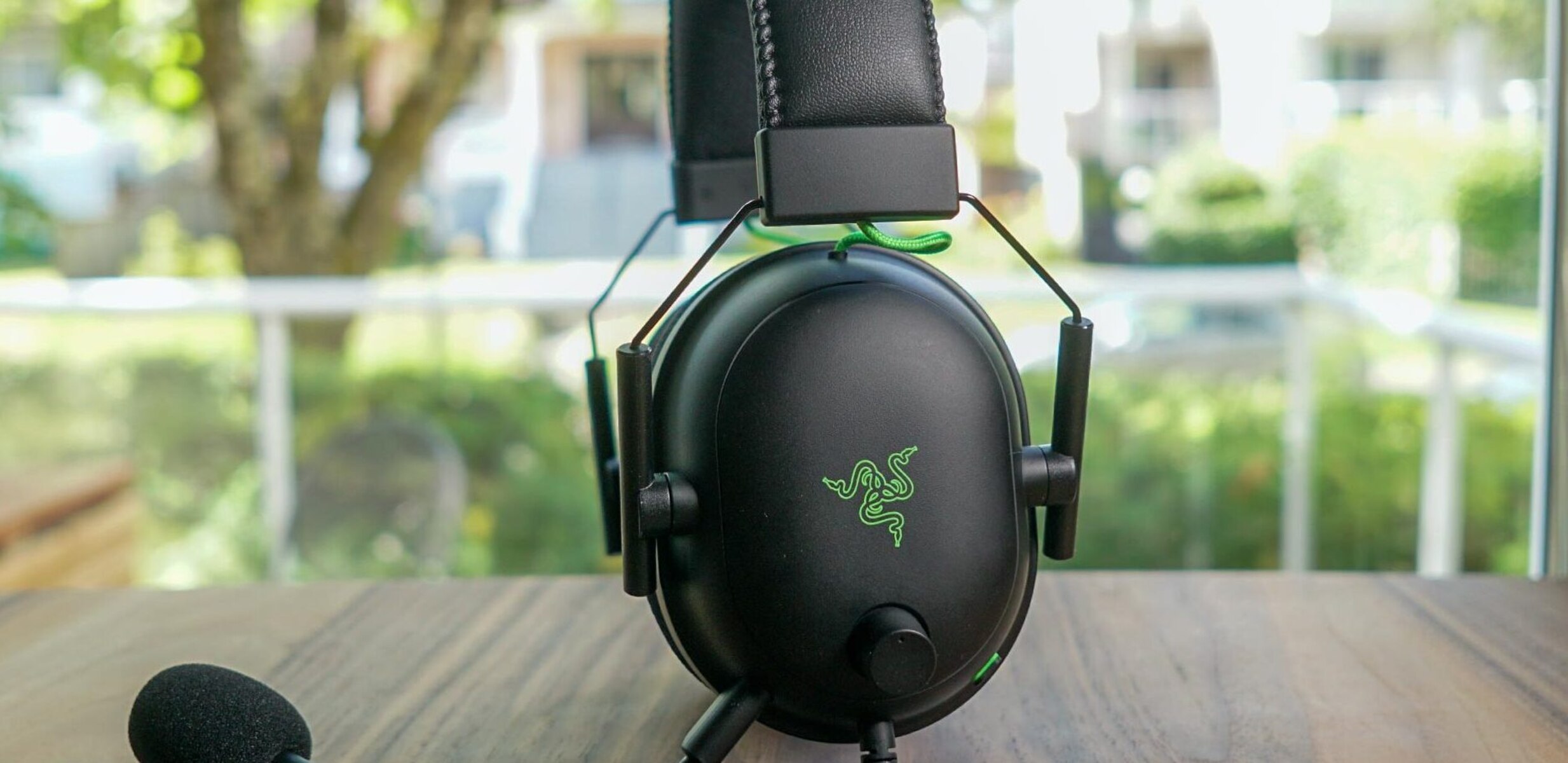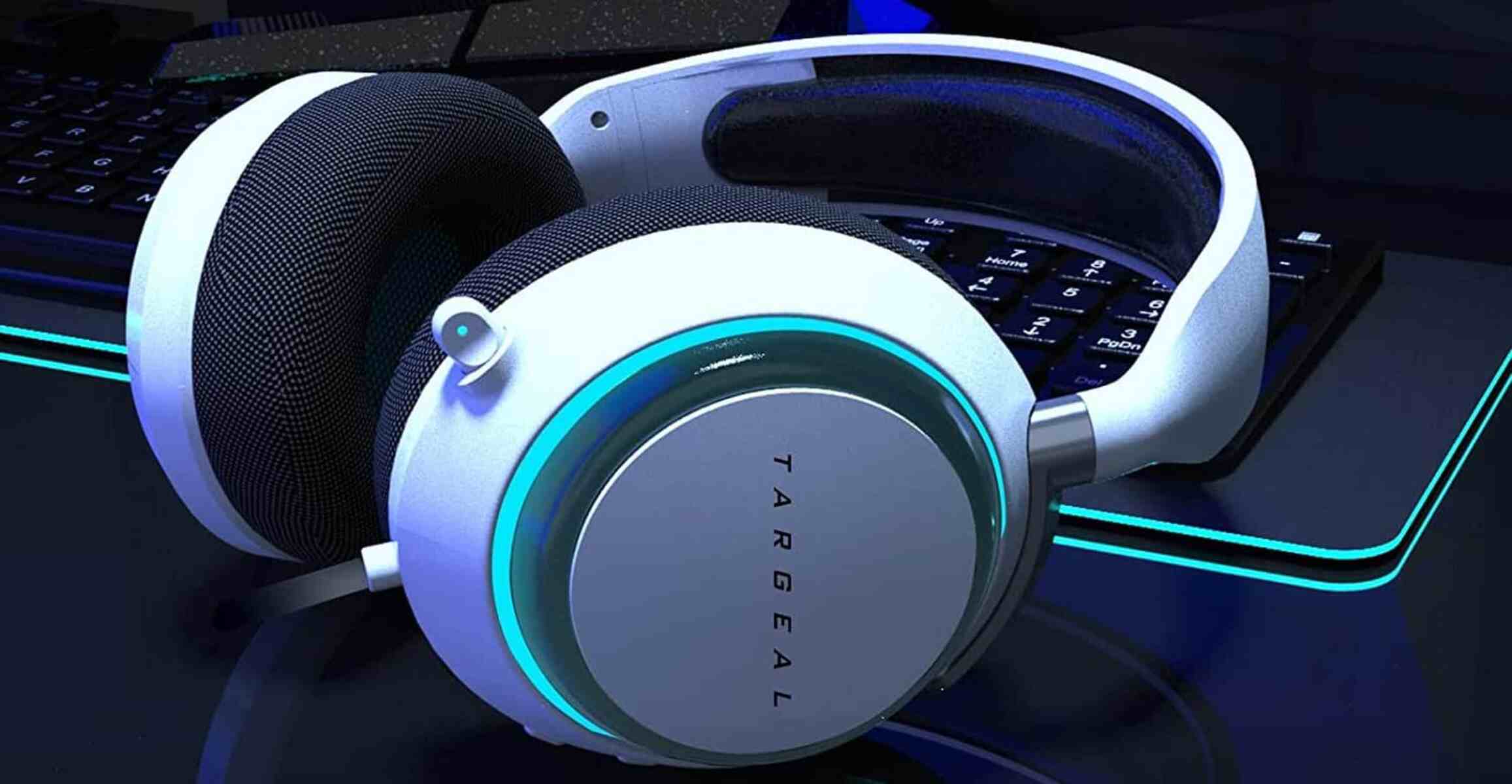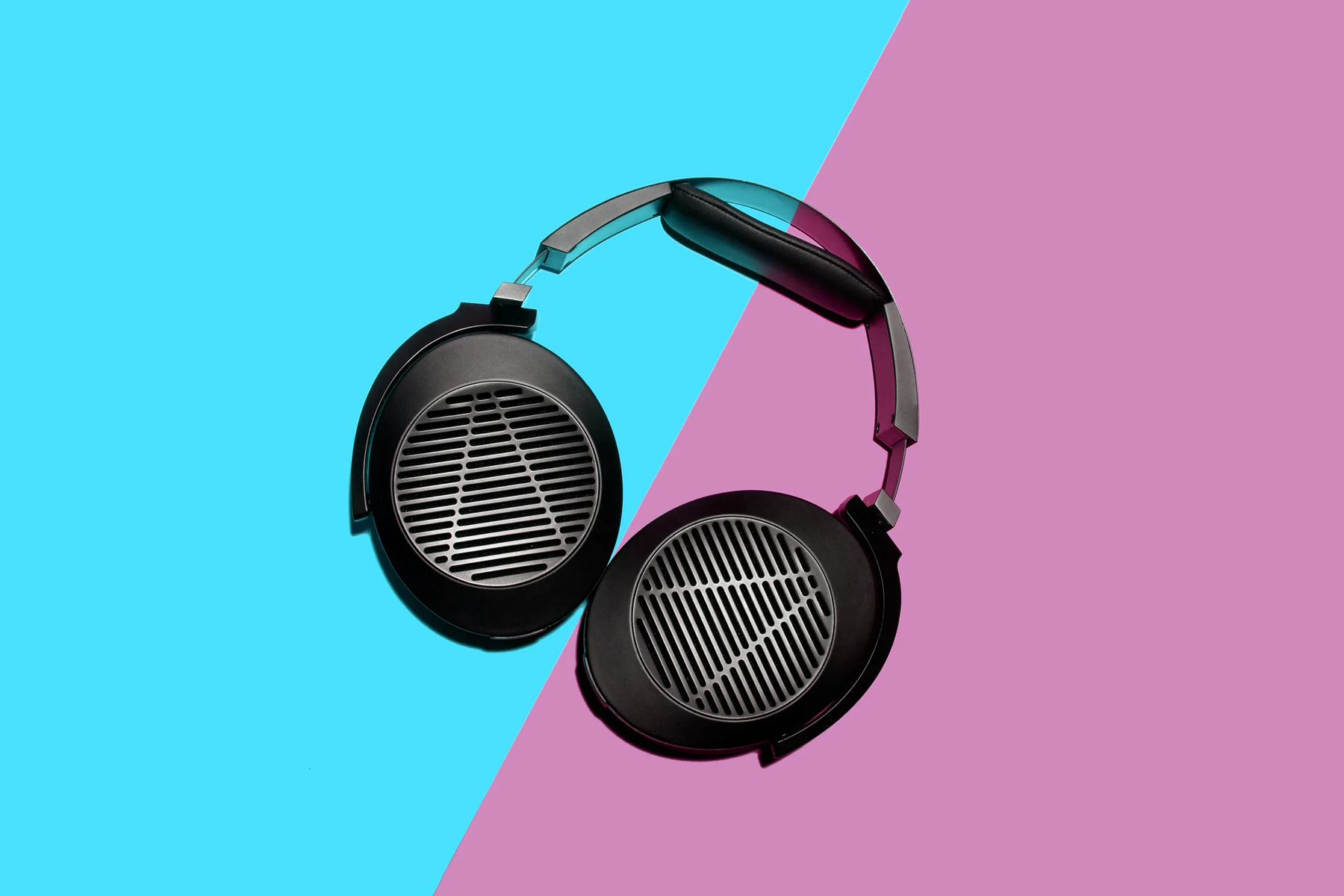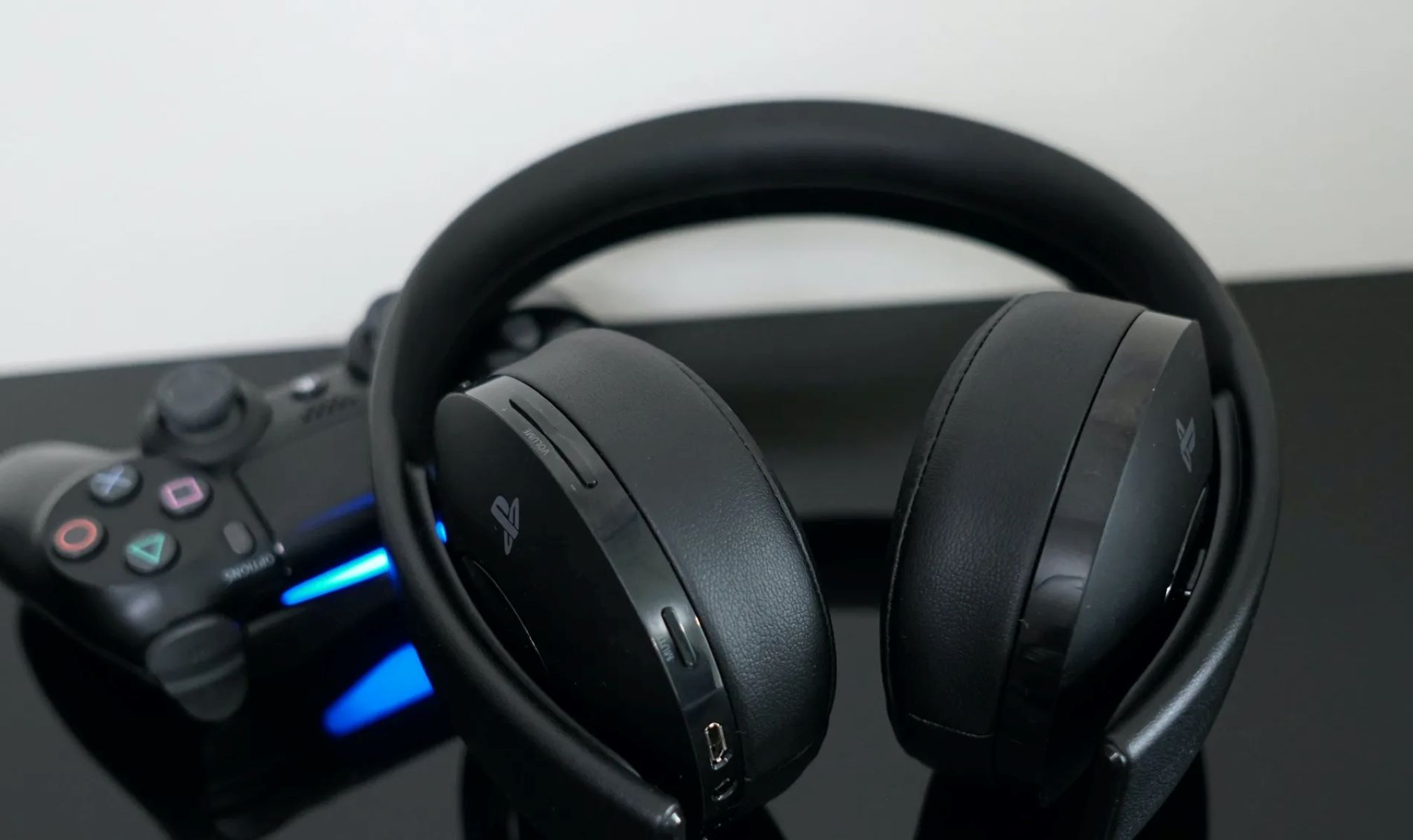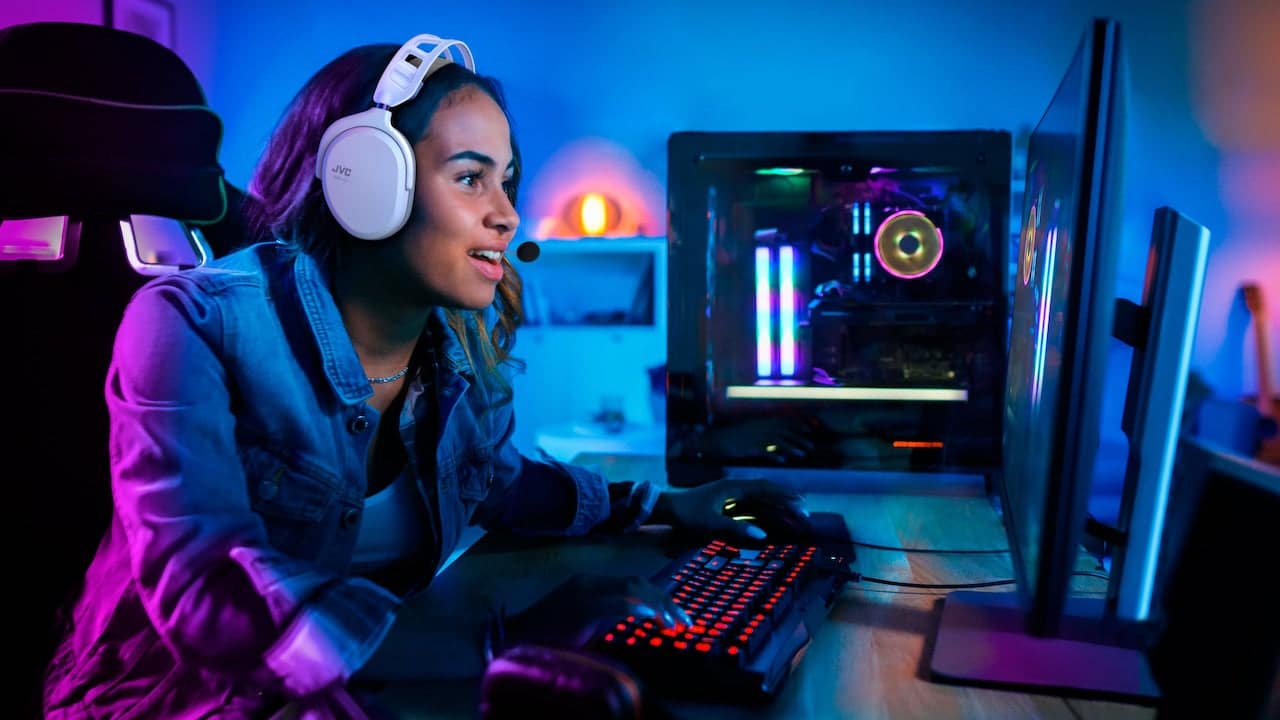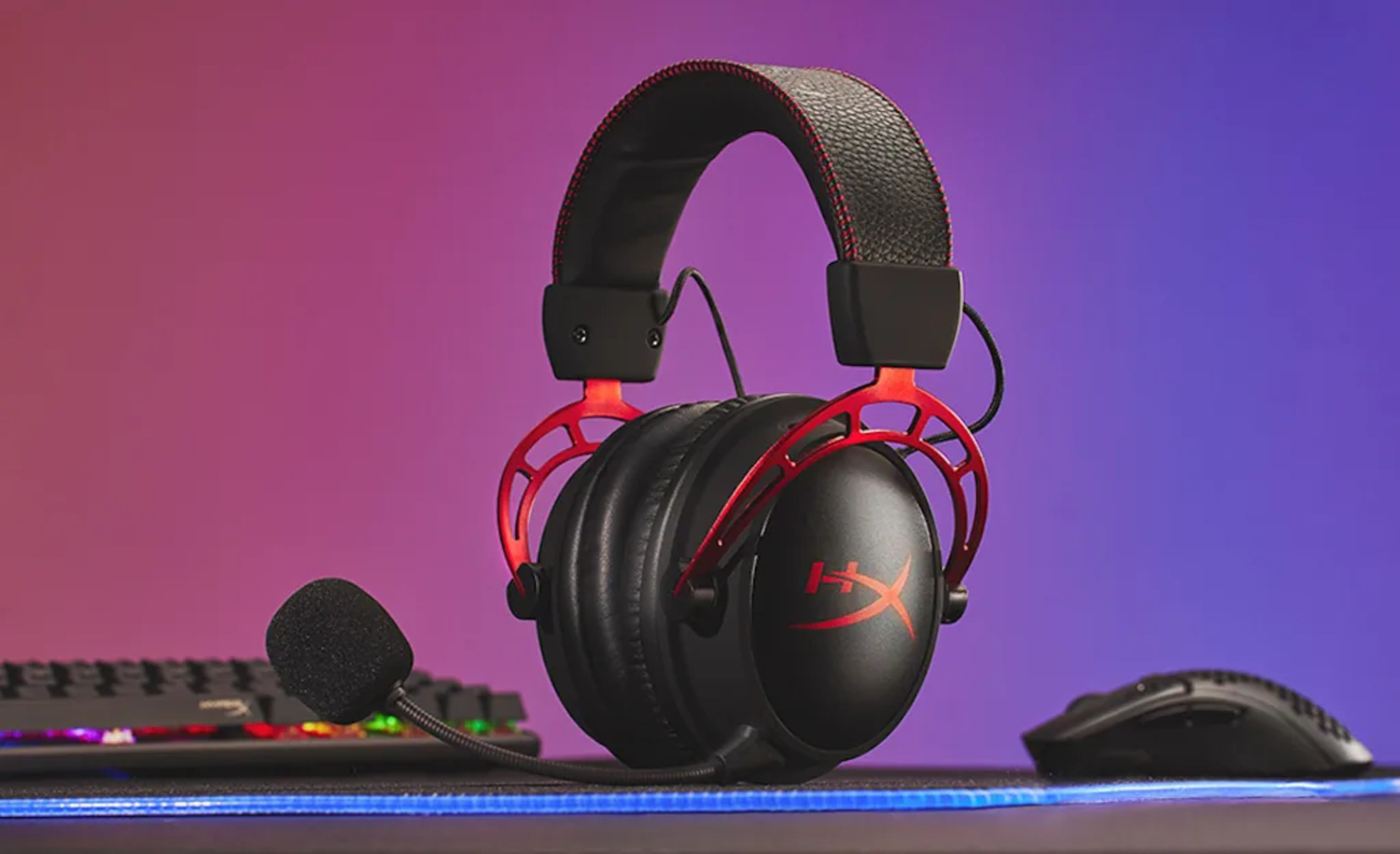Signs It's Time to Replace Your Gaming Headset
Signs It's Time to Replace Your Gaming Headset
As a dedicated gamer, your headset is an essential tool for immersing yourself in the virtual world. Over time, wear and tear can take a toll on your gaming headset, impacting both its performance and your overall gaming experience. Here are some key signs that indicate it may be time to consider replacing your gaming headset:
1. Deteriorating Sound Quality
One of the most obvious signs that it’s time for a new gaming headset is a noticeable decline in sound quality. If you find that the audio is distorted, crackling, or lacking the depth and clarity it once had, it could be a clear indicator that your headset is reaching the end of its lifespan.
2. Physical Wear and Tear
Inspect your gaming headset for physical signs of wear and tear. Frayed cables, cracked headbands, or worn-out ear cushions can significantly impact the comfort and functionality of your headset. Additionally, if the microphone is no longer securely attached or the adjustable components are loose and ineffective, it may be time to start considering a replacement.
3. Connectivity Issues
Intermittent connectivity problems, such as audio cutting in and out or difficulties establishing a stable connection, can be frustrating and disruptive during gameplay. If you’ve ruled out issues with your gaming device or audio source, these problems may stem from a faulty headset cable or connector. In such cases, investing in a new headset could resolve these connectivity issues and restore seamless gaming sessions.
4. Uncomfortable Fit
Extended gaming sessions require a headset that remains comfortable for hours on end. If you find that your current headset causes discomfort, pressure points, or fatigue, it’s worth exploring replacement options that offer improved ergonomics and a better fit for your gaming needs.
5. Outdated Technology
Advancements in audio technology and gaming headset features are constantly evolving. If your current headset lacks modern features such as noise cancellation, surround sound, or customizable audio settings, you may be missing out on an enhanced gaming experience. Upgrading to a headset with the latest technology can elevate your gameplay and immerse you in a more dynamic audio environment.
Recognizing these signs can help you make an informed decision about when to replace your gaming headset, ensuring that you continue to enjoy high-quality sound, comfort, and performance during your gaming adventures.
Factors to Consider When Replacing Your Gaming Headset
Factors to Consider When Replacing Your Gaming Headset
When the time comes to replace your gaming headset, several important factors should guide your decision-making process. Consider the following elements to ensure that your new headset aligns with your gaming preferences and provides an optimal audio experience:
1. Audio Quality and Surround Sound
Audio quality is paramount in gaming, as it can significantly impact your immersion in the virtual environment. Look for a headset that offers high-fidelity sound, clear voice communication, and immersive surround sound capabilities. Pay attention to the frequency response, driver size, and audio enhancement features to ensure that your new headset delivers exceptional audio performance.
2. Comfort and Ergonomics
Long gaming sessions demand a headset that prioritizes comfort. Consider factors such as cushioned ear cups, adjustable headbands, and lightweight designs to minimize discomfort during extended use. Additionally, breathable materials and ergonomic designs can contribute to a more comfortable gaming experience, allowing you to focus on gameplay without distractions.
3. Compatibility and Connectivity
Ensure that your new gaming headset is compatible with your gaming platform, whether it’s a PC, console, or mobile device. Additionally, consider the connectivity options, such as wired or wireless connections, and evaluate the range and stability of wireless signals. A reliable and versatile connectivity setup can enhance your gaming flexibility and convenience.
4. Microphone Quality and Features
Effective communication with teammates and opponents is essential in multiplayer gaming. Assess the microphone quality, noise-cancellation capabilities, and adjustable features to ensure that your voice is clear and easily discernible during online gaming sessions. A high-quality microphone can facilitate seamless communication and teamwork in multiplayer games.
5. Durability and Build Quality
Invest in a gaming headset with durable construction and reliable build quality. Sturdy materials, reinforced cables, and robust hinges can contribute to the longevity of your headset, ensuring that it withstands the rigors of regular use. Prioritize durability to maximize the lifespan of your new gaming headset.
6. Budget and Value
Establish a reasonable budget for your new gaming headset and seek options that offer the best value within your price range. Consider the features, performance, and longevity of the headset to make an informed investment that aligns with your gaming priorities and financial considerations.
By carefully evaluating these factors, you can select a new gaming headset that meets your specific requirements, elevates your gaming experience, and provides long-lasting satisfaction.
How Often Should You Upgrade Your Gaming Headset
How Often Should You Upgrade Your Gaming Headset
Deciding when to upgrade your gaming headset depends on various factors, including technological advancements, wear and tear, and evolving gaming preferences. While there is no definitive timeline for headset upgrades, several considerations can help you determine the most suitable timing for an upgrade:
1. Technological Advancements
Monitor the latest developments in gaming headset technology to gauge the potential benefits of upgrading. Significant advancements in audio quality, surround sound capabilities, and innovative features may prompt you to consider an upgrade to experience the latest gaming audio enhancements.
2. Wear and Tear
Regularly assess the physical condition of your gaming headset. Signs of wear and tear, such as frayed cables, deteriorating ear cushions, or loose components, may indicate that your headset is reaching the end of its functional lifespan. When these physical issues become noticeable, it may be time to start planning for a replacement.
3. Evolving Gaming Needs
As your gaming preferences and habits evolve, so do your headset requirements. If you find that your current headset no longer meets your desired audio quality, comfort, or connectivity needs, it may be worth exploring newer models that align with your evolving gaming preferences and demands.
4. Audio Performance and Features
Pay attention to the performance of your existing headset and assess whether it meets your expectations in terms of audio quality, surround sound, and microphone capabilities. If you notice a significant disparity between your headset’s performance and the audio experiences offered by newer models, it may be an opportune time to consider an upgrade.
5. Longevity and Durability
Consider the longevity and durability of your current headset. If you’ve been using the same headset for an extended period and have encountered recurring issues related to durability or build quality, investing in a more durable and long-lasting replacement can provide a more reliable gaming audio solution.
6. Budget and Affordability
Evaluate your budget and financial considerations when contemplating a headset upgrade. While technological advancements and enhanced features may be appealing, it’s essential to align your upgrade decision with a realistic budget that allows you to invest in a new headset without straining your finances.
Based on these factors, you can gauge the most appropriate timing for upgrading your gaming headset, ensuring that your decision aligns with technological advancements, your gaming needs, and your financial capacity.









